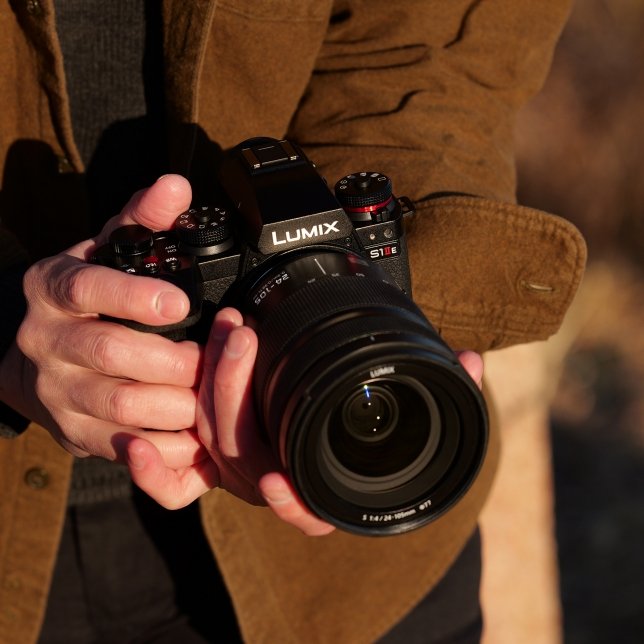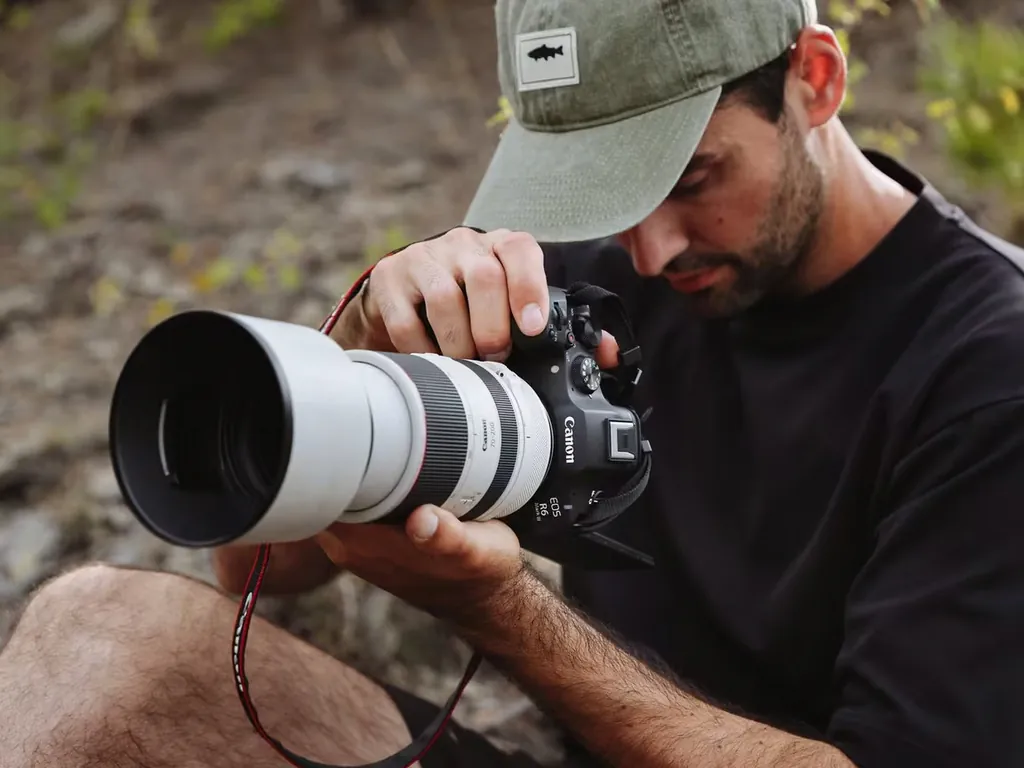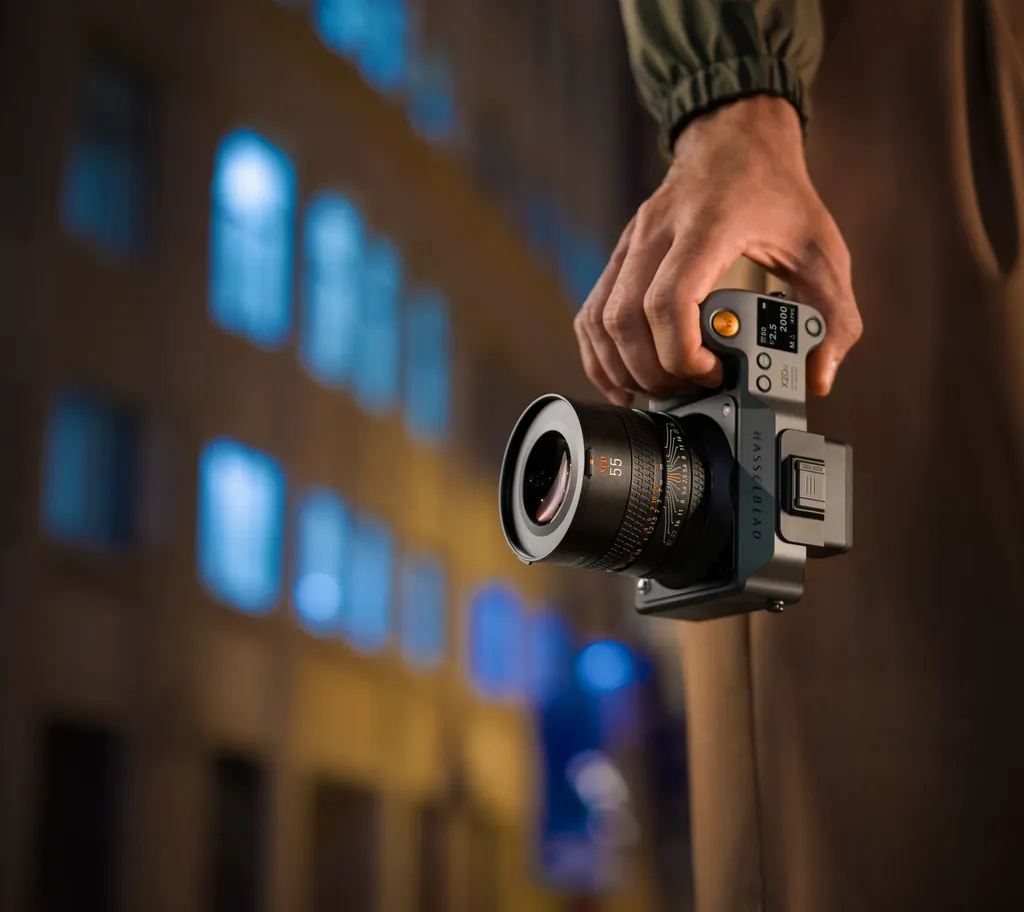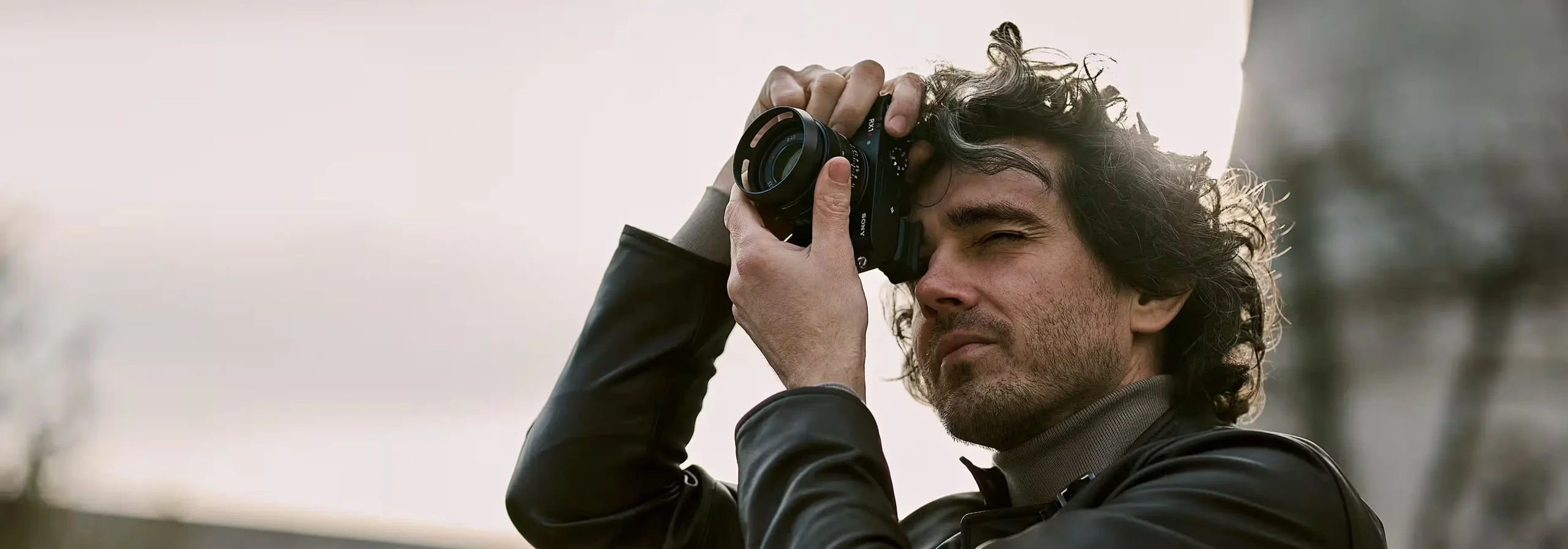With Panasonic’s latest full-frame lineup, photographers face an interesting choice between the flagship S1II and the more accessible S1IIE. While both cameras share the same body and many core features, their different sensors create distinct use cases. Let’s explore which model suits your photography best.
The Tale of Two Sensors
The fundamental difference lies in sensor technology:
- S1II: 24.1MP partially stacked CMOS sensor
- S1IIE: 24.2MP BSI CMOS sensor (from the S5IIX)
This single component variation creates a cascade of performance differences that define each camera’s character.
Speed & Performance
The S1II’s partially stacked sensor delivers exceptional speed:
- 70fps burst shooting with electronic shutter
- Minimal rolling shutter (11-15ms readout)
- Superior for fast action and sports
The S1IIE offers more modest but still capable performance:
- 30fps burst shooting with electronic shutter
- Slower sensor readout (approximately 30ms)
- Better suited for portraits, landscapes, and moderate action
Dynamic Range Considerations
Interestingly, the S1IIE’s traditional BSI sensor provides slightly better dynamic range for RAW shooters who prioritize shadow recovery. However, the S1II counters with its Dynamic Range Boost mode, achieving up to 15 stops in video—though at the cost of increased rolling shutter.
For most users, both cameras deliver excellent image quality with meaningful differences only appearing in extreme scenarios.
Video Capabilities
Both models excel in video, sharing most key features:
- 6K 30p open gate recording
- Internal ProRes and ProRes RAW
- Comprehensive monitoring tools
- No overheating issues
The S1II adds:
- 5.1K 60p open gate (vs standard 5.9K on S1IIE)
- Better rolling shutter performance for handheld work
- More suitable for run-and-gun videography
Autofocus Performance
Both cameras feature the same Phase Hybrid AF system with 779 points and AI subject recognition. Real-world performance is virtually identical for most subjects, though the S1II’s faster readout may provide slight advantages tracking erratic movement.
Shared Excellence
Both models benefit from:
- 8-stop image stabilization
- Weather-sealed magnesium body
- Dual card slots (CFexpress + SD)
- Tilt/articulating display
- 5.76M-dot EVF
- Professional ergonomics
Price vs Performance
The S1IIE’s lower price point makes it attractive for:
- Portrait photographers
- Landscape shooters
- Studio work
- Videographers primarily using tripods
- Those prioritizing image quality over speed
The S1II justifies its premium for:
- Sports and wildlife photographers
- Event photographers needing speed
- Videographers shooting handheld
- Hybrid shooters requiring versatility
- Professional use demanding top performance
Real-World Scenarios
Wedding Photography: Both excel, though the S1II’s speed provides extra security for fleeting moments.
Landscape Work: The S1IIE is perfectly adequate and may even edge ahead in extreme dynamic range scenarios.
Sports/Action: The S1II is the clear choice with its 70fps burst and minimal rolling shutter.
Video Production: The S1II offers advantages for handheld work, while the S1IIE suffices for controlled shoots.
Making the Choice
Choose the S1IIE if:
- Budget is a primary concern
- You rarely shoot fast action
- Maximum dynamic range is crucial
- Your work is primarily studio/tripod based
Choose the S1II if:
- You need maximum shooting speed
- Rolling shutter is a concern
- Versatility across genres is important
- Budget allows for the premium
Conclusion
Both cameras represent excellent value in their respective categories. The S1IIE delivers 90% of the S1II’s capabilities at a more accessible price point, making it perfect for photographers who don’t need bleeding-edge speed. The S1II, meanwhile, stands as one of the most capable hybrid cameras available, justifying its premium for professionals and enthusiasts who demand peak performance.
Experience Both at Campkins Cameras
Visit our Cambridge showroom to handle both models side-by-side. Our expert team can demonstrate the practical differences and help you determine which camera best matches your photographic vision and budget. We maintain demo units of both models along with the full range of compatible L-mount lenses.
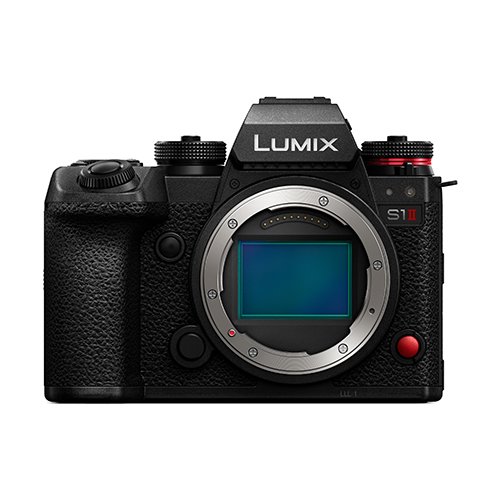
Panasonic Lumix S1 II
The flagship choice for professionals demanding maximum speed, versatility, and cutting-edge performance across both photo and video disciplines.
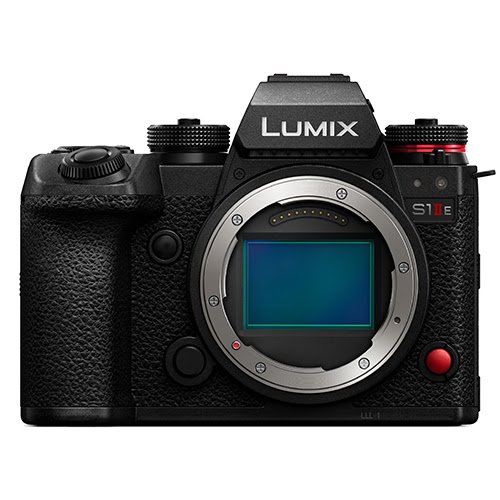
Panasonic Lumix S1 II E
The smart option for creators seeking professional features and exceptional image quality at a more accessible price point, perfect for portraits, landscapes, and controlled video work.
